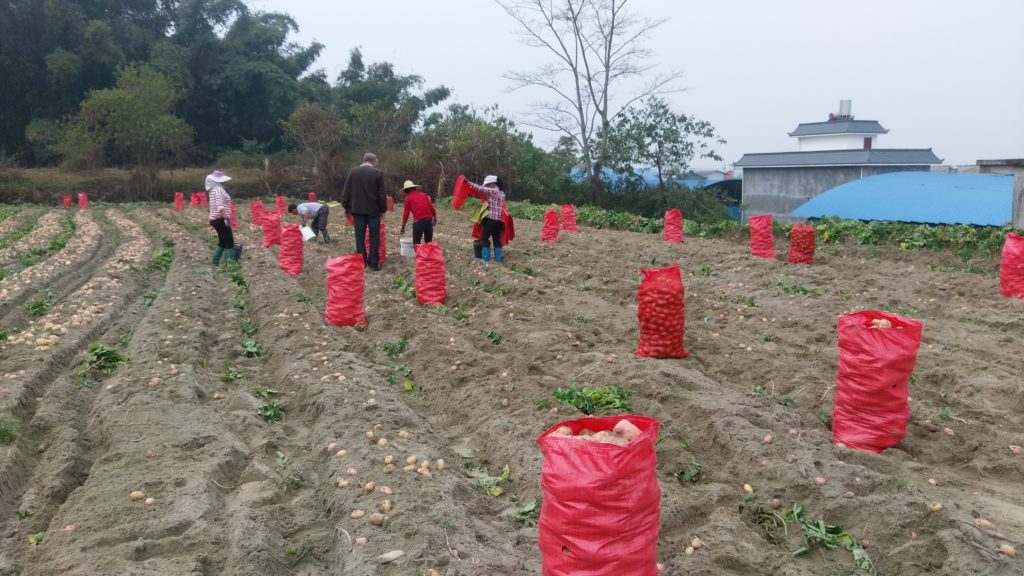Donor: Independent Science and Partnership Council’s Standing Panel on Impact Assessment (ISPC-SPIA) under
The Bill and Melinda Gates Foundation grant “Strengthening Impact Assessment in the CGIAR System” (SIAC);
The Government of the People’s Republic of China;
CGIAR’s Research Program on Roots, Tubers and Bananas (RTB)
Country/Region: China/Asia Pacific
A Model of Cooperation
Built over two decades, the runaway success of the Cooperation 88 (C88) potato variety in China’s Yunnan Province is a testament to the power of persistence.
A project to measure the impact of this particular variety reveals the significant economic gains that have accrued to farmers since the variety was first planted in the province nearly 20 years ago: more than two billion dollars.
Initiated with the cooperation of Yunnan Normal University, the project was initially supported by the Independent Science and Partnership Council’s Standing Panel on Impact Assessment (ISPC-SPIA). The Government of the People’s Republic of China and the CGIAR’s Research Program on Roots, Tubers and Bananas (RTB) are now funding the project.
To date, more than 160,000 hectares of Cooperation 88 (C88) are planted each year in China, says Guy Hareau, leader of CIP’s Social and Nutritional Sciences Division.
“It is one of the most planted single CIP varieties in the world,” he says.

Over the course of this project, CIP, Virginia Tech, and Yunnan Normal University staff interviewed hundreds of farmers in dozens of villages about planting, harvesting, consuming and selling C88. The variety was officially endorsed by the Chinese government, a factor that has helped boost its acceptance, says Willy Pradel, an agricultural economist in the Social and Nutritional Sciences Division. Industry loves its processing quality; consumers, its flavor. Now, the search is on for a new variety that can replicate the success of C88.
Today, roughly one-fourth of all potato planted in China – representing 1.25 million ha – consists of more than 30 CIP-related varieties, including C88 and five others, each representing more than 100,000 hectares. As a point of reference, CIP varieties account for two million ha of the total global farmland.
Adoption-impact studies are invaluable in terms of quantifying the success of a given variety at every point along the value chain, notes Hareau.


